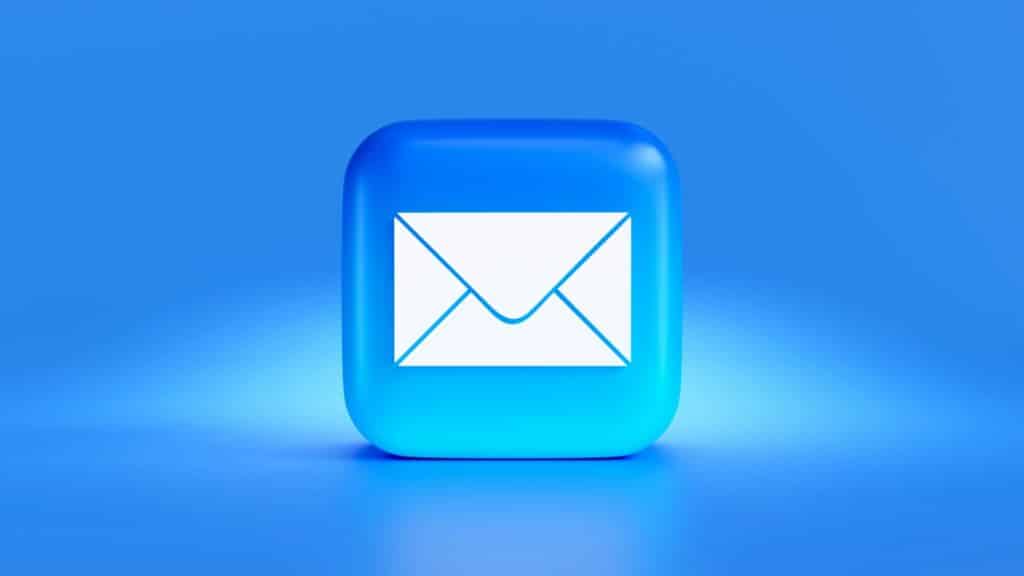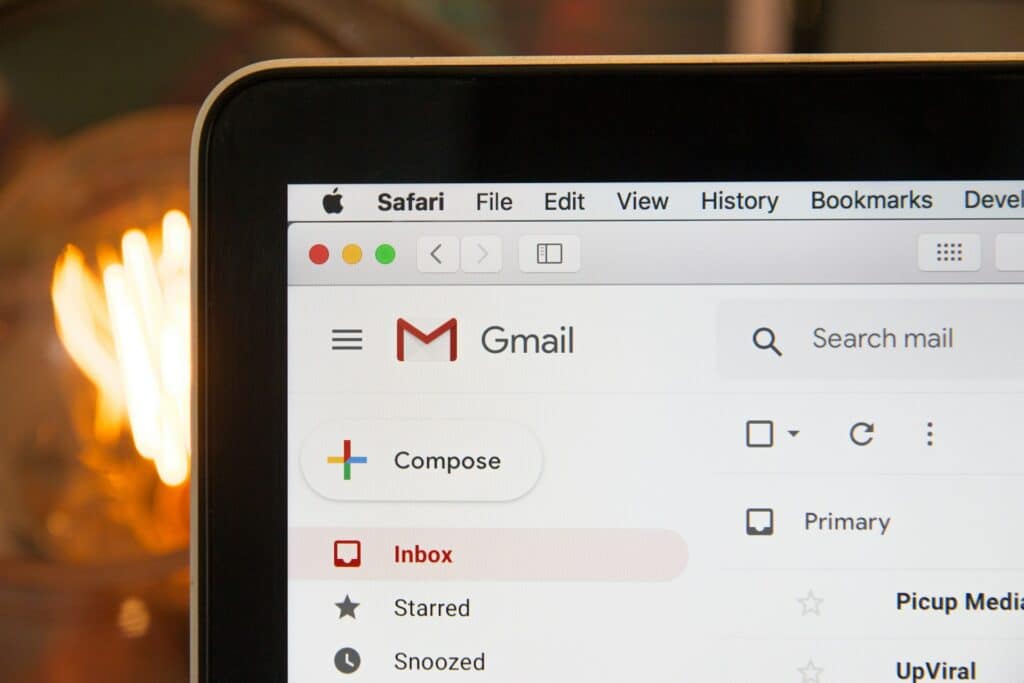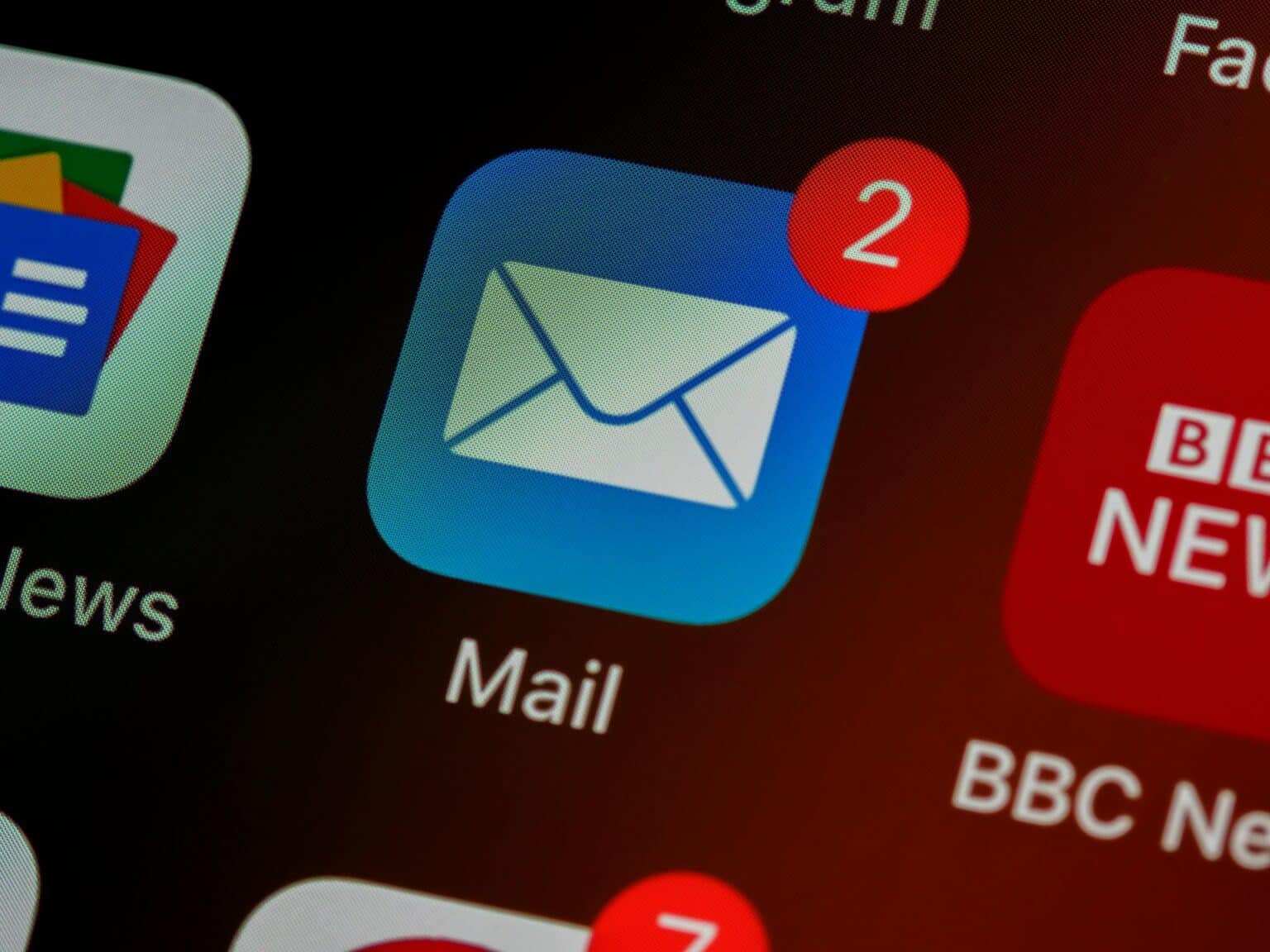Email marketing basics represent the foundation of one of digital marketing’s most powerful tools, offering businesses an impressive average return of over $40 for every dollar spent. Despite its effectiveness, many newcomers find themselves overwhelmed by the seemingly complex landscape of templates, automation, and analytics. This comprehensive email marketing guide breaks down the process into manageable steps that anyone can master within a 30-day timeframe.

For those exploring email marketing for beginners, understanding these fundamentals isn’t just helpful-it’s essential for building sustainable business growth. The following seven tips provide a structured approach to learning how to do email marketing effectively, even for those starting from scratch.
Tip 1: Establish Clear Goals and Understand Your Audience
Before launching any email marketing campaigns, defining clear objectives is crucial. Without specific goals, measuring success becomes impossible. Effective email marketing begins with understanding what needs to be accomplished, whether that’s building brand awareness, nurturing leads, driving website traffic, generating direct sales, or increasing customer retention.
Equally important is developing a deep understanding of the target audience. This includes demographic information, pain points, desires, and communication preferences. The most successful email marketers create detailed customer personas that guide their content creation and campaign strategy.
For example, a luxury skincare brand might identify their primary audience as women aged 35-55 with disposable income who value self-care and sustainable products. This knowledge shapes everything from subject lines to the types of offers presented. Understanding these nuances allows marketers to craft messages that resonate on a personal level, significantly improving campaign performance.
Tip 2: Select the Right Email Marketing Platform
When it comes to email marketing for beginners the foundation lies in choosing an appropriate platform that aligns with business needs and technical capabilities. The market offers numerous options with varying features and price points:
- Mailchimp: User-friendly interface ideal for beginners
- Constant Contact: Strong template library and customer support
- ConvertKit: Designed specifically for content creators
- ActiveCampaign: Powerful automation capabilities
- Klaviyo: Specialized for e-commerce businesses
When evaluating platforms, consider ease of use, scalability as subscriber lists grow, integration capabilities with existing tools, template options, automation features, analytics, and pricing structure. Most platforms offer free trials or limited free plans, making it possible to test functionality before committing.
Tip 3: Build a Quality Email List
The value of an email list lies not in its size but in its quality. Building an engaged subscriber base requires strategic approaches rather than quick-growth tactics that might compromise engagement rates. Effective list-building strategies include creating valuable lead magnets, optimizing website opt-in forms, leveraging social media, hosting webinars, and running targeted ads.
Quality always trumps quantity in email marketing. A list of 500 highly engaged subscribers typically delivers better results than 5,000 uninterested contacts who rarely open emails. This principle becomes increasingly important as email service providers place greater emphasis on engagement metrics when determining deliverability.
Tip 4: Craft Compelling Email Content
Content serves as the heart of email marketing campaigns. Even with perfect timing and targeting, poor content will fail to generate results. Effective email content follows several key principles.
Subject lines determine whether emails get opened or ignored. Effective subject lines create curiosity or urgency, remain concise (30-50 characters), avoid spam trigger words, and deliver on their promise. The email body should follow a clear structure with a personalized greeting, an opening that hooks the reader, value-focused content, and a clear call-to-action.
Visual elements also play a crucial role in engagement. Strategic use of images, colors, and formatting improves readability and response rates. The most successful email marketers develop content calendars that balance promotional messages with valuable, educational content, building trust and keeping subscribers engaged between purchases.
Tip 5: Implement Strategic Segmentation and Personalization
Generic mass emails rarely perform well in today’s marketing landscape. Modern consumers expect personalized experiences tailored to their specific needs and behaviors. Segmentation divides email lists into smaller groups based on defined criteria such as demographics, purchase history, website behavior, engagement levels, and customer lifecycle stage.
This targeted approach allows for the creation of highly relevant email marketing campaigns that speak directly to specific audience segments. For instance, a clothing retailer might send different emails to customers who frequently purchase formal wear versus those who buy athletic apparel.
Personalization extends beyond simply including a subscriber’s name to include product recommendations based on browsing history, content tailored to specific interests, special offers aligned with past purchase behavior, and timing based on individual engagement patterns. Studies consistently show that segmented, personalized emails generate higher open rates, click-through rates, and conversions than generic broadcasts.
Tip 6: Set Up Essential Automated Email Sequences
Automation represents one of email marketing’s most powerful features, allowing businesses to deliver the right message at precisely the right moment without manual intervention. Several key automated sequences form the backbone of effective email marketing:

The welcome sequence introduces new subscribers to a brand, sets expectations, and begins the relationship-building process. For e-commerce businesses, abandoned cart recovery emails remind customers about products left in shopping carts, often recovering otherwise lost sales. Post-purchase sequences nurture customers after a purchase, providing usage tips, requesting feedback, and suggesting complementary products.
Re-engagement campaigns targeted at inactive subscribers attempt to rekindle interest before removing unengaged contacts from the list. Automation not only saves time but also ensures consistent communication at critical touchpoints in the customer journey, making it an essential component of sophisticated email guerrilla marketing campaigns.
Tip 7: Analyze, Test, and Optimize Continuously
Email marketing thrives on data-driven optimization. Regular analysis of key metrics reveals what’s working and what needs improvement. Essential metrics to track include open rate, click-through rate, conversion rate, bounce rate, unsubscribe rate, and revenue per email.
A/B testing provides a methodical approach to optimization by testing different elements to determine which performs better. Elements commonly tested include subject lines, send times, email design, call-to-action wording and placement, and content length and format.
The most successful email marketers admiopt a culture of continuous improvement, regularly testing new approaches and refining their strategy based on performance data. This iterative process leads to increasingly effective campaigns over time.
30-Day Implementation Plan
Mastering email marketing basics within a month requires a structured approach. Here’s a practical timeline for implementation:
Days 1-7 focus on foundation setting: Define specific email marketing goals, research and select an appropriate platform, create initial lead magnets and opt-in forms, and begin building a subscriber list.
Days 8-14 concentrate on content development: Design email templates aligned with brand identity, develop a welcome sequence, create a content calendar for the first month, and set up list segmentation structure.
Days 15-21 involve automation implementation: Configure essential automated sequences, establish tracking for key metrics, send the first broadcast campaign, and begin A/B testing critical elements.
Days 22-30 focus on analysis and optimization: Review initial performance data, refine segmentation based on engagement, optimize underperforming elements, and develop a strategy for ongoing improvement.
By following this structured approach to email marketing for beginners, businesses can establish effective campaigns within 30 days. While mastery develops over time through testing and optimization, this foundation provides the essential elements needed for email marketing success.
The digital marketing landscape continues to evolve, but email remains one of the most direct and effective channels for connecting with audiences. By implementing these seven tips, marketers can build email marketing campaigns that not only reach inboxes but also resonate with recipients and drive measurable business results.

Email Marketing Basics: Quick Reference Table
| Element | Key Components | Best Practices |
|---|---|---|
| Goals | – Lead generation – Sales conversion – Customer retention – Brand awareness | – Set specific, measurable objectives – Align with broader marketing strategy |
| Platform Selection | – Mailchimp – ConvertKit – ActiveCampaign – Klaviyo | – Consider scalability needs – Evaluate automation capabilities – Check integration options |
| List Building | – Opt-in forms – Lead magnets – Landing pages | – Focus on quality over quantity – Use double opt-in for better quality – Clearly communicate value proposition |
| Content Creation | – Subject lines – Email body – Call-to-action – Visual elements | – Keep subject lines under 60 characters – Maintain 80/20 value-to-promotion ratio – Use one clear CTA per email |
| Segmentation | – Demographics – Behavior – Purchase history – Engagement level | – Start with 2-3 basic segments – Refine based on engagement data – Test different approaches for each segment |
| Automation | – Welcome sequence – Abandoned cart – Post-purchase – Re-engagement | – Begin with welcome series – Add complexity gradually – Review and update sequences quarterly |
| Analytics | – Open rate – Click-through rate – Conversion rate – ROI | – Benchmark against industry standards – Track trends over time – Use data to inform strategy adjustments |
